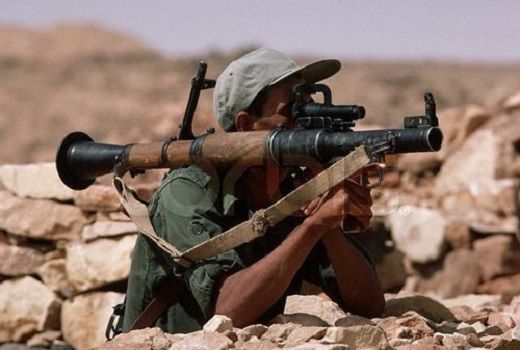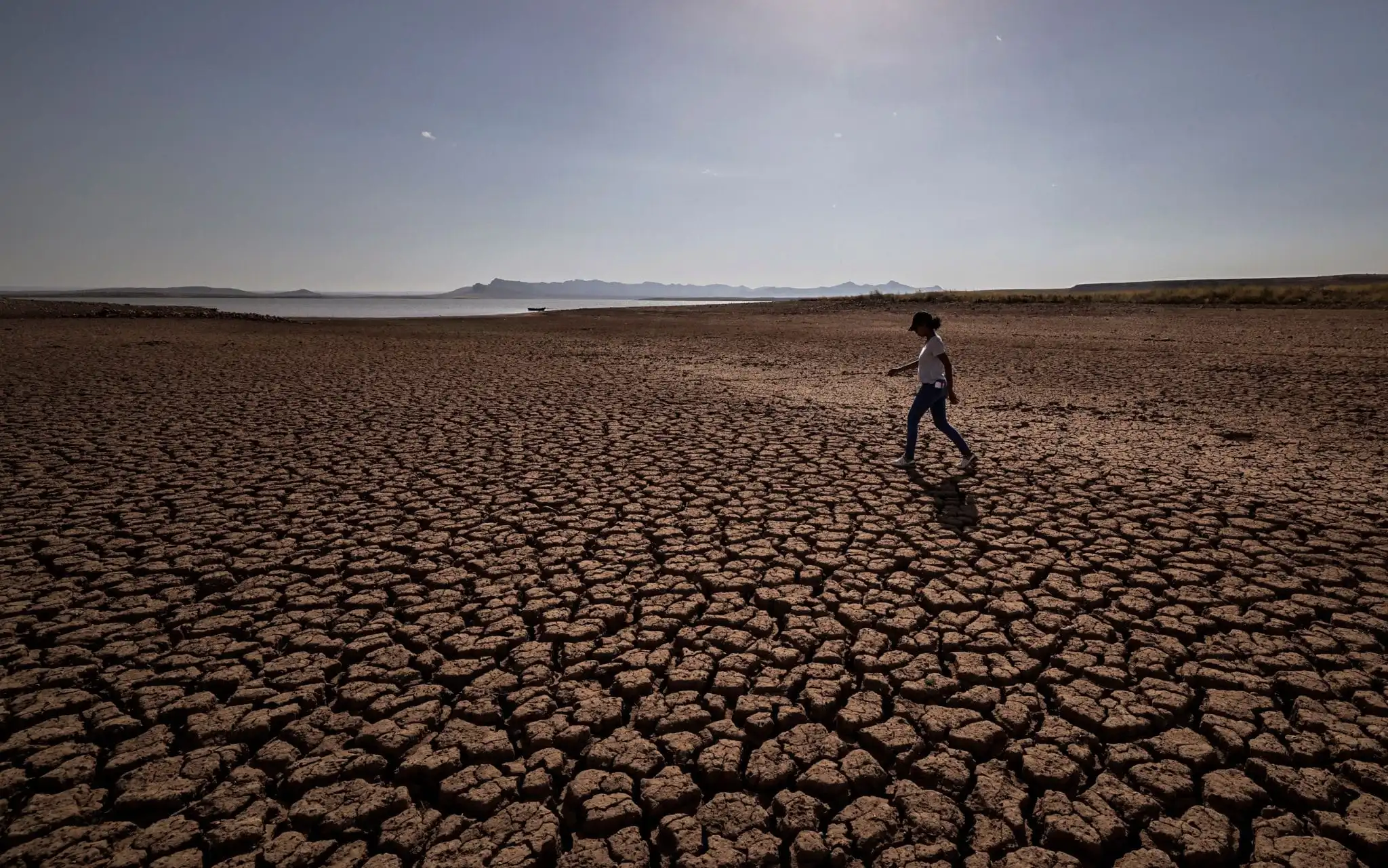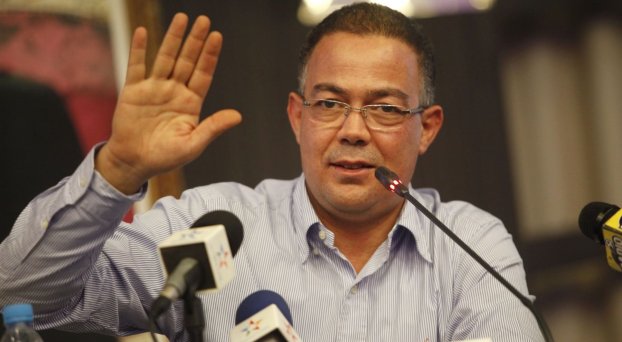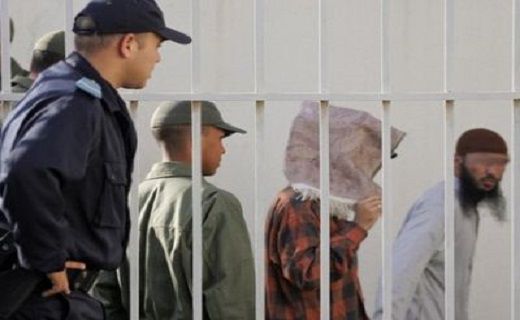
Rabat, Morocco (TMT)- Morocco’s defense budget will increase from $3.5 billion to $3.9 billion over the next five years, according to a report published by the Strategic Defense Intelligence.
The budget deceased from 2013 to 2017, dropping from $3.8 billion to $3.4 billion. The decline was attributed to a drop in the exchange rate comparing the Moroccan Dirham to the US dollar.
“On a cumulative basis, the country is expected to invest US $18.6 billion for defense purposes, of which US $5.7 billion is earmarked for capital expenditure to fund defense procurements,” a summary of the report states, further noting that “the government’s well-defined military modernization plans to counter influence of Algeria are expected to corner significant part of investment.”
Morocco is the second largest defense spender in Africa – falling behind Algeria – and claims 26 percent of the continent’s defense imports.
Morocco ranks 51st out of 126 countries in defense spending. Current defense spending in Algeria exceeds $10 billion and is the first African nation to reach $10 billion in defense costs.
The United States leads in defense exports to Morocco, with France and the Netherlands also supplying equipment. In 2013, the U.S. exported more than $750 million in weaponry to Morocco. Russia leads defense exports to the continent, supplying 35 percent of Africa’s total defense imports.
The increased budget is expected to go toward fighters, Anti-Tank missiles and a Diesel Electric Submarine. The rest of the money will continue going toward warplanes, helicopters, submarines, radar systems and vessels.
Defense spending in the Kingdom has risen with its increase in GDP. Over the last decade, defense spending accounted for 3.2 to 3.5 percent of the total GDP in Morocco.
Since 2001, Moroccan defense spending has totalled more than $30 billion.





